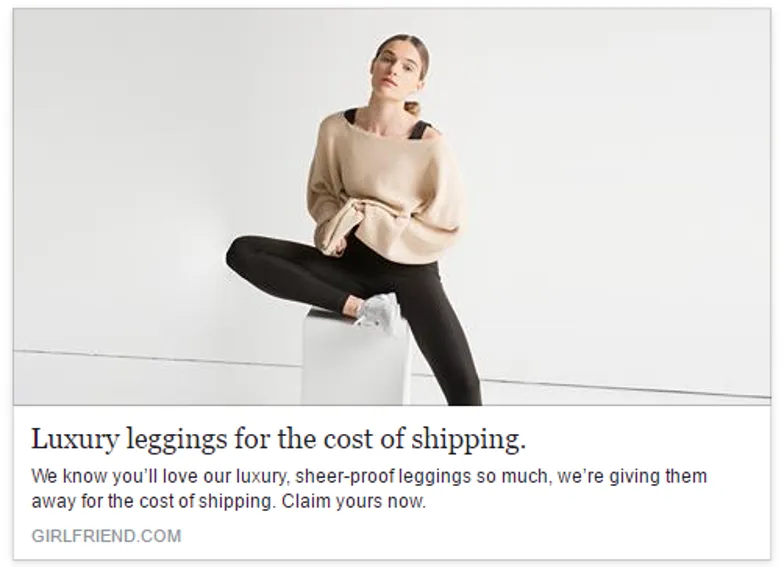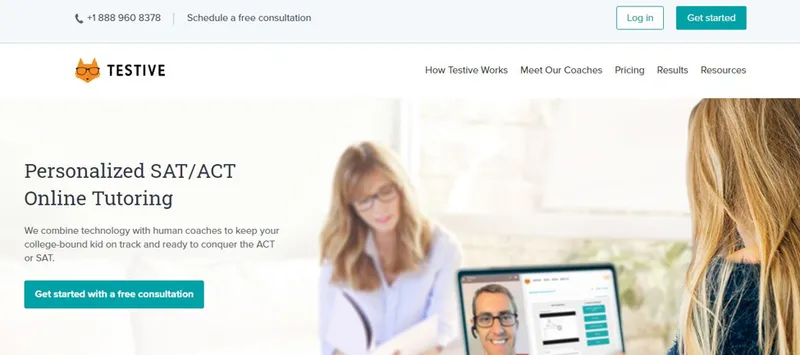

How 3 Brands Used Freebie Marketing to Quadruple Their Business?
These freebie strategies work as both word-of-mouth and a loyalty program to keep new customers flowing into your business. Put them in action today and come back to share your experiences!
In the 20th century, Jell-O, a brand and registered trademark of its parent company, Kraft Foods, put freebie marketing in action by offering hundreds of free Jell-O recipes to households that didn’t have any idea how to use the product to make delicious recipes. As a result, in a few years, the company reached new heights, going from earning nothing to earning $1M in annual sales.
Freebie marketing is not a new thing. It has been here for ages. Everyone knows it’s all about offering freebies to lure customers, attract traffic, and increase sales. Over the past years, you must have seen a few companies giving away free products frequently to make customers quickly fall in love with their brand.
And why not?
Freebies never fail to work their magic. Even after reaching the pinnacle of success, businesses still use freebies to keep the flow of customers going and to allow customers to always remember the brand.Data also supports freebie marketing, saying that people will talk 20% more about brands that giveaway something for free.
Obviously, at this point, any sensible person will say,“Sure, I know freebies work, but it’s still free, so where’s the money to keep my business running?”
Practical question.
But offering free products in itself is a money-generating formula for businesses. Brands have proved it in the past.
In this article, I am going to unearth four freebie marketing strategies that have turned small businesses into big brands.
3 Freebie Marketing Strategies to Multiply Your Sales
For years, brands have successfully used the freebie marketing strategy, “Try Before You Buy”. So, how does it work?
1. Girlfriend Collective - Use Freebies to Spread Word-of-Mouth
What’s the purpose of investing in marketing campaigns?
To spread word-of-mouth and become your customers’ favorite brand.
And how much do you spend on marketing campaigns? The answer is probably too much—especially when freebie marketing achieves similar results in exchange for a much smaller investment.
The ethical active wear brand Girlfriend Collective proved it well. Instead of hiring ad agencies or spending thousands of dollars on various marketing strategies, Girlfriend Collective decided to take a chance with word-of-mouth marketing, which included giving away their product (leggings) for free.
But the free leggings were not for everyone,only for customers who were ready to share the product on Facebook and pay the shipping cost, which was only $20. This was a bargain, considering the price of each pair of luxury leggings was between $68-$78. Looking at today’s natural social media interaction, asking for reviews and shares is not a big deal—especially if you are getting something free in return.
The Result?
Girlfriend Collective enjoyed 10,000 orders on the very first day of their freebie marketing campaign, and their website crashed within two days due to the heavy traffic load. It was such a massive success that the brand delayed shipment and decided to continue the campaign for another month.

To the untrained eye, it may seem like the freebies were the only culprit behind the brand’s success, but there’s more to the story.
Why it Worked: It wasn’t just the free leggings that generated word-of-mouth and increased sales for the brand. Girlfriend Collective also enjoyed overnight success because:
● Customers fell in love with the story. Customers who wanted to receive a free pair of leggings had to check the FAQ page first, which explained how the brand worked hard to make leggings from plastic bottles while ensuring that their products were fair-trade-certified. The story left a positive impact on users and made them feel like they were supporting the cause by paying for the shipping cost. The story made customers feel good about themselves, which in itself was a marketing strategy.
● They asked customers to recommend products. Would you be more willing to purchase a product that was recommended to you by your community, or a product that was shown to you in an ad? Of course, the first recommendation would be more effective. Instead of using an ad, Girlfriend Collective asked users to share the product on social media, and in return, they would get it for free.
● They created a sense of urgency. Ever get offered a limited-time-only deal? It makes you want to buy as soon as possible, right? Customers are eager to grab deals that are only available for a limited time—especially if it’s free! Girlfriend Collective took maximum advantage of this psychology by offering free products for a limited time.
Follow in the footsteps of Girlfriend Collective if you want to generate a buzz and receive hordes of orders in a short period.
2. Testive - Create a Free Product to Promote the Paid One
What if your business can’t offer a physical product for free?
That’s okay!
There is always a way to offer freebies—and I am not talking about creating free eBooks in exchange for collecting email addresses.
Instead, try creating a free product to promote the paid one. You can learn this trick easily from Testive, a company that focuses on preparing students for the SATs and ACTs. Testive chose the freemium way to create a buzz for its paid software.

It’s not a big deal to offer online teaching services, but Testive’s freemium approach made it stand out from other brands. Testive offered two products to help students study for the SAT/ACTs. One was free software that focused solely on preparing students for the SAT/ACTs, while the other was paid software that provided personalized coaching services for a fraction of the cost of other coaching services.
Testive didn’t just limit themselves to offering one free product and one paid product. The brand also used free software to promote and advertise their outstanding coaching services. The free software also aided in increasing Testive’s brand credibility. In short, Testive’s freemium software was no less than an online marketing and promotion machine—the kind for which other brands spend a fortune.
Why it Worked: Testive’s freemium software allowed the brand to speak for itself; additionally, it stood as a marketing brochure for the brand’s paid products. Consumers easily believed that if the free product was excellent, then the paid one would also meet their expectations. Remember, it’s all about winning trust and forging a loyal customer base.
3. BBG India - Offer a Set of Undeniable Products
“Where there is a will, there’s a way.” —Pauline Kael
What your business can’t offer freebies at all?
Perhaps you’re in the real estate industry, or a similar industry that is based on financial investments.
How many businesses do you know that offer financial investment opportunities online?
More than you could count, I’m sure. So, how does this kind of business stand out in a crowd?
Meet BBG India, a real estate company that provides land investment opportunities with a promise of higher ROI. This company used freebie marketing to stay ahead of the curve.
But what did they offer?
Surely, they couldn’t afford to give away a piece of land for free!
Instead, the company used five-star benefits to lure customers into land investment opportunities. This includes a set of five freebies that customers will enjoy if they invest in the brand. The set consists of 3 Grams of gold and 85 Grams of silver as a gift with each deal.
Why it Worked: If you are in a business as big as real estate, offering such products for free works as a magnet to draw in leads. They act as an initial ROI for customers who look forward to earning more from your investment ideas.
In Conclusion
These freebie strategies work as both word-of-mouth and a loyalty program to keep new customers flowing into your business. Put them in action today and come back to share your experiences!






